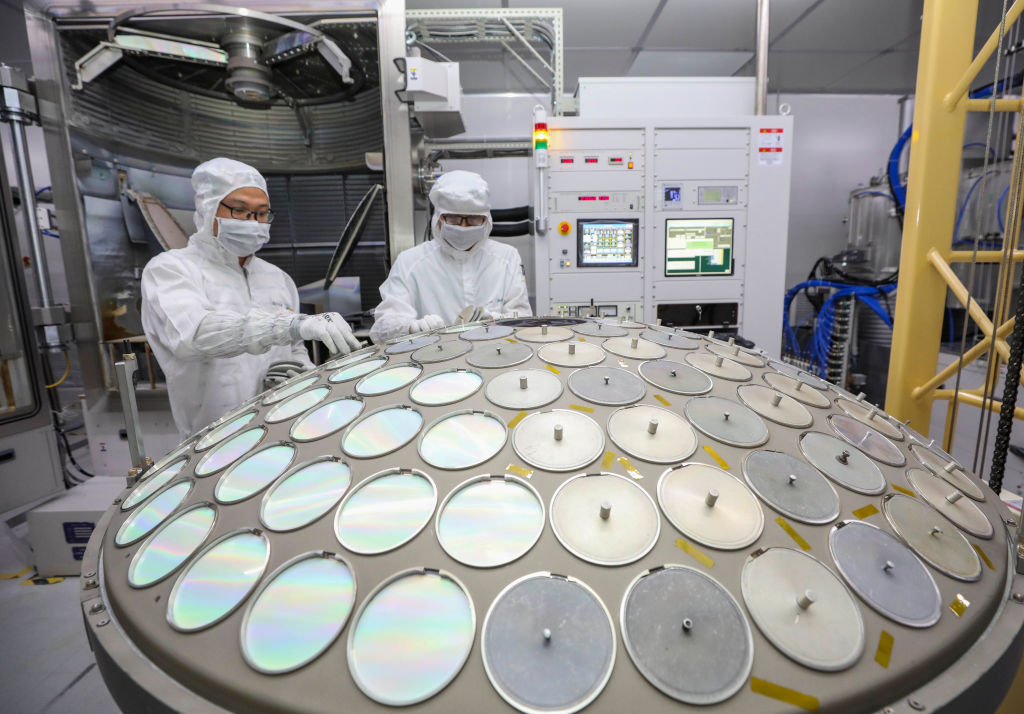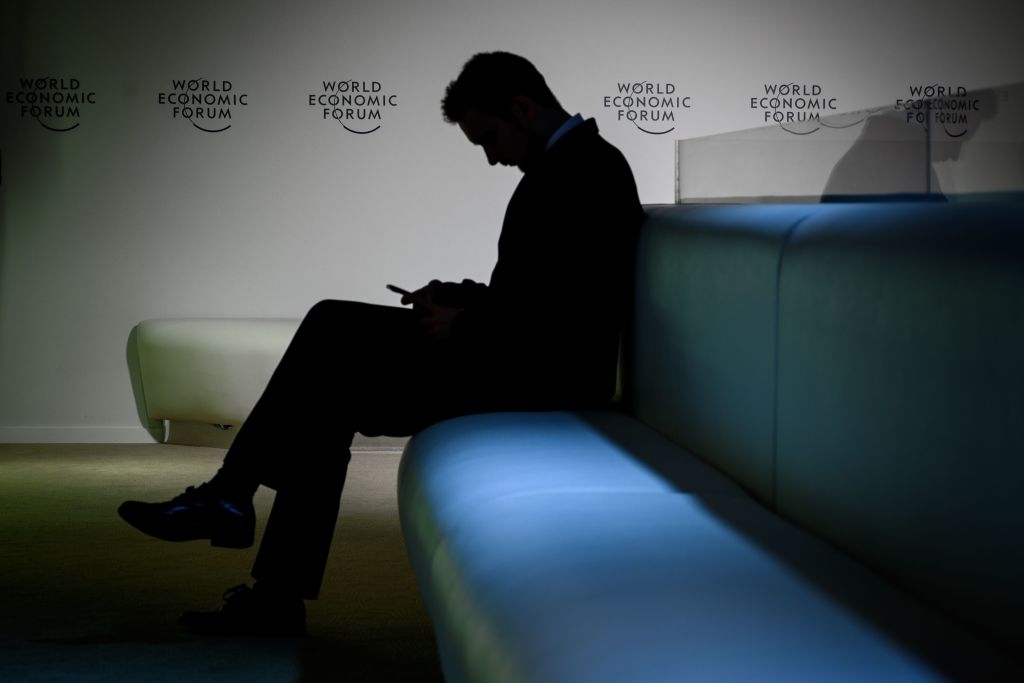It’s been done before: pay for more defence spending with debt

Australia, Britain and European countries should loosen budget rules to allow borrowing to fund higher defence spending, a new study by the Kiel Institute suggests.
Currently, budget debt rules are forcing governments to finance increases in defence spending with savings elsewhere or with taxes. But the study, examining military build-ups across 22 countries over the past 150 years, shows that defence spending increases have almost never been funded by spending cuts and that tax increases generally come later.
The larger the military build-up, the more governments rely on deficit and debt financing. These findings are consistent with economic theory, which suggests a mix of deficit and tax financing, with deficit financing playing a dominant role in large, short-term build-ups.
Australia has been under pressure to increase defence spending ever since 2010–11, when cuts reduced the defence share of GDP to just 1.6 percent, the lowest since 1938.
Earlier Kiel Institute research shows defence spending across the G7 advanced nations has been at a record low. The Trump administration has pushed allies to raise defence spending above 3 percent of GDP and has challenged their assumption that the US military would always be there as a backstop to their national security.
Last week, Germany’s incoming chancellor, Friedrich Merz of the Christian Democratic Union, won agreement from the Social Democrats and the Greens to exempt defence spending from the country’s strict limit on debt, enabling a defence build-up.
The European Union has also proposed bending its fiscal rules to allow member states to lift defence spending by up to 1.5 percent of GDP over a four-year period.
In contrast, Britain’s Keir Starmer is sticking to rules demanding a return to a balanced budget by 2029. The Labour prime minister said reaching a defence target of 3 percent of GDP would have to be funded by tax increases and spending cuts, starting with a cut to foreign aid from 0.5 percent of GDP to 0.3 percent.
In Australia, the fiscal strategy of the Labor government of Prime Minister Anthony Albanese requires that spending growth be limited until government debt is ‘on a downward trajectory’ and that most of any improvement in tax revenue should be used to lower debt.
The rule is not ironclad and allows for exceptions. But in practice, the increased defence outlays recommended in the Defence Strategic Review have been funded largely by cuts to existing defence programs until 2027–28, when Treasury predicts gross debt will start falling.
The Kiel Institute says Britain showed the folly of putting budget rules ahead of national security in the 1930s.
Despite massive external threats, it maintained a balanced budget and reduced its debt to GDP ratio until the late 1930s. It thus places concerns of debt sustainability and currency stability above the growing concerns of war.
Britain’s Treasury regularly rejected requests for increased defence spending during the 1930s and, the Kiel Institute argues, contributed to the British policy of appeasement. Britain’s defence spending was below 3 percent of GDP until 1937. In contrast, German military outlays had been more than 10 percent of GDP since 1935. While the British budget was balanced, Germany ran large deficits, funding its military with debt.
The defence spending increase being envisaged across the advanced world is much smaller than would be needed to prepare for war. During World War II, combatants devoted between 40 and 70 percent of their resources to the war effort. In Australia, spending rose to 40 percent of GDP in the early 1940s.
The Kiel Institute research, which excluded both world wars, identified 113 examples of military build-ups where spending rose rapidly over at least two years.
On average, military build-up raised defence spending by about 1.5 percent of GDP and occurred over a five-year period.
The central finding was that health and education spending grew at similar rates during periods of military build-up and when defence spending was level or declining. Total non-military spending rose more rapidly (about 0.75 percent of GDP a year) during periods of military build-up than when military outlays were level or falling.
During military build-ups, budget deficits grew by an annual average of almost 0.5 percent of GDP but declined on average in normal times. This shows the dependence on debt. Tax revenues rose by about 0.75 percent of GDP a year during military build-ups, compared with about 0.5 percent in normal times.
The paper said governments should rely on borrowing to fund increased defence, at least in the short term.
To manage the resulting debt burden in the medium term, governments could raise taxes, reduce tax avoidance and exemptions, and temporarily freeze the growth of consumptive government spending, such as social transfers and subsidies.









